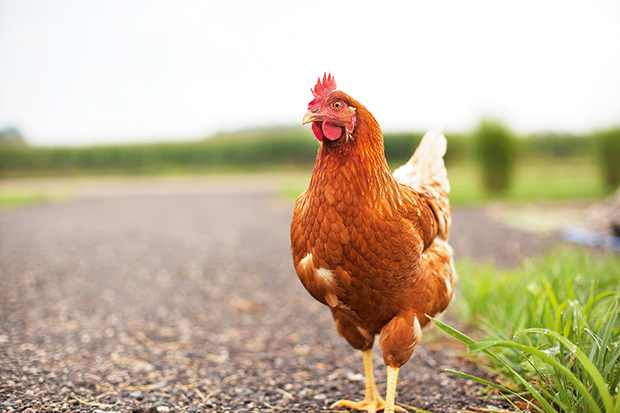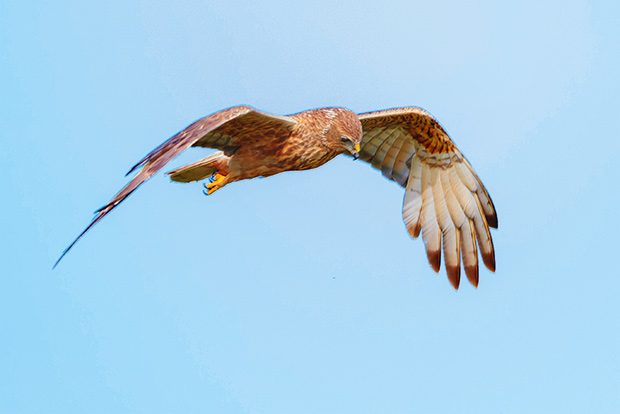Why did the chicken cross the road?

New research shows it’s probably because it was daring, but a bit dim.
Words: Nadene Hall
Free-range chickens that stick close to the coop are more anxious and timid but also more perceptive and intelligent than their flock mates who like to roam.
A team of French poultry researchers have found some birds are naturally more likely to boldly roam over a wider area, while others tend to be more nervous homebodies.
They’re studying poultry behaviour, trying to design better free ranges that encourage birds to forage and carry out other natural behaviours as this type of farming system becomes more popular.
They’ve found ‘homebody’ birds are more risk-averse, less impulsive, but far more accurate when it comes to making decisions about what they eat, and where to find it (eg memorising where feeders are, finding new ones). The result is better production.
However, many of these birds never leave their shed, even though they can roam freely outside. Staying inside for long periods can cause problems such as dirty litter, parasites, and heat stress, and behavioural issues such as feather pecking and cannibalism.
Bold birds that like to roam over wide areas tend to be more impulsive and prefer immediate rewards. But they’re also far less accurate about feeding decisions (for example, eating straw along with foraged food), worse at solving problems (such as finding feeders), and more likely to take risks.
The study has also discovered some birds show excellent self-control, leaving a lesser reward and waiting for a delayed, better reward.
It suggests the relationship between a chicken’s personality, its tendency for exploration, and its cognitive performance, means they have a level of impulse control comparable with some monkey species. •
The hawk-busting bodyguards every flock needs

If you’re having issues with predatory hawks preying on your flock – most commonly the swamp harrier (Circus approximans) – there’s one animal that’s been proven to be the ultimate bodyguard.
Researchers from the EU Hennovation programme worked with farmers to find practical solutions and discovered the most effective security measure was also pretty cute: alpacas.
Alpacas aggressively protect their territory from intruders like hawks and will come to the aid of chickens under attack. The research found hawks quickly learned to avoid the areas where alpacas were grazing.
DID YOU KNOW?
A hen will spend on average 15 minutes a day dust-bathing. If she’s dust-bathing more often and/or for longer periods, check her for mites. Common signs include spots or wounds on the comb and skin lesions.
Poultry use their right eye to look at small details, such as food, and the left eye for novel stimuli such as predators or when looking at something unfamiliar. They have good short and long-distance vision. It’s believed their unique eyesight allows them to spot predators quickly and accurately.
Poultry can also see UV light.
Chicks can hear by Day 12 of incubation and communicate with each other, egg to egg. It’s believed this may help them synchronise hatching times. Poultry can hear sound frequencies from as low as 20Hz up to 4000 Hz, well below the lower limits of human hearing. Lower frequency sounds play an important role in hen-chick communication. High noise levels (above 80db) reduce egg laying.
Researchers now believe poultry may possess magnetoreception like homing pigeons, as their beaks contain similar structures (iron-containing sensory dendrites). These are affected by beak trimming – beak trimmed chicks can’t find hidden food using a magnetic stimulus as fast as those with whole beaks. Fowl also appear to use a magnetic compass to orientate within their home-range, allowing fast and efficient movement between important places such as feeding areas and their coop.
Love this story? Subscribe now!
 This article first appeared in NZ Lifestyle Block Magazine.
This article first appeared in NZ Lifestyle Block Magazine.
